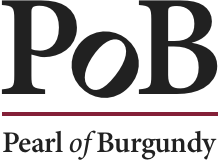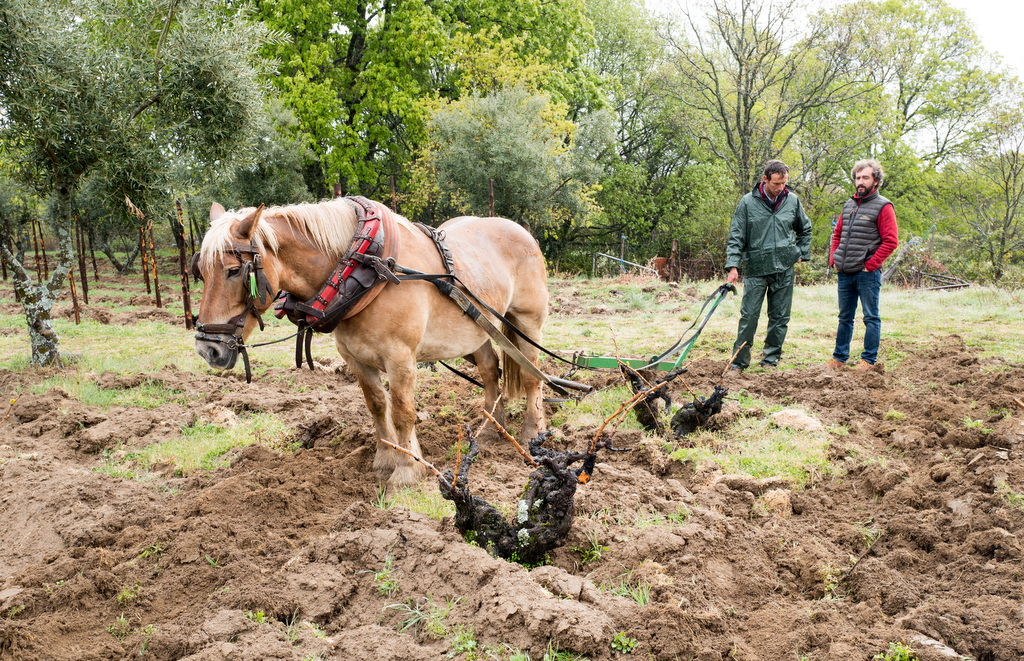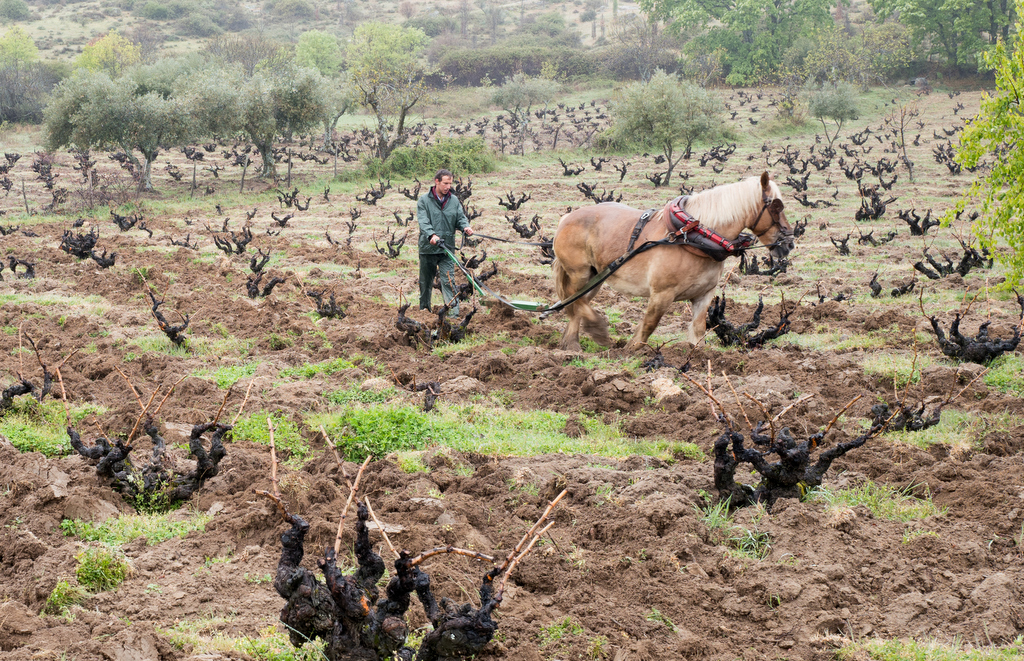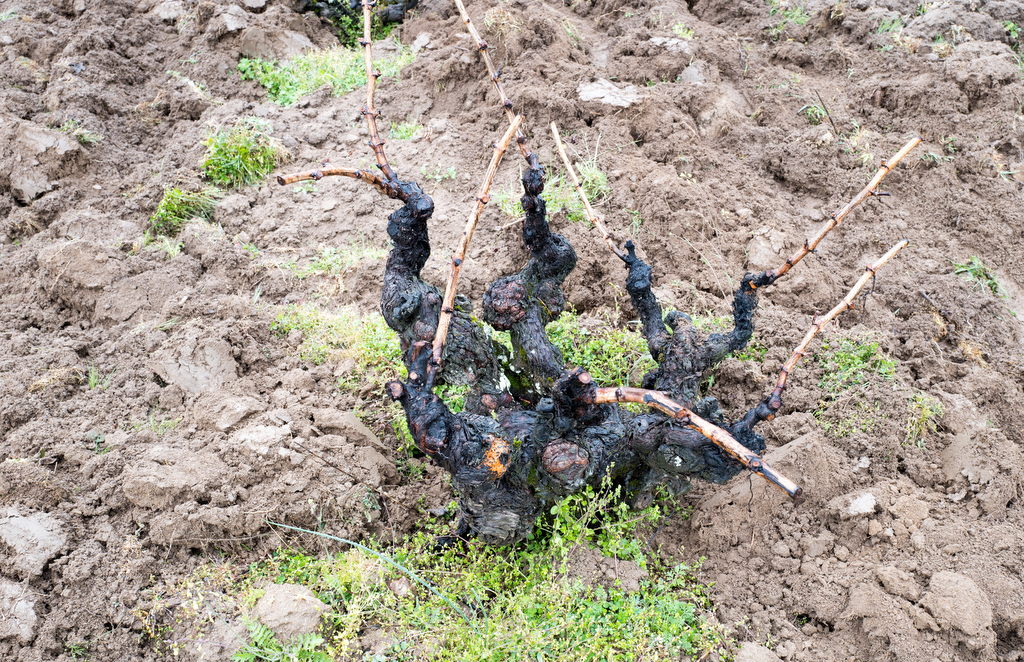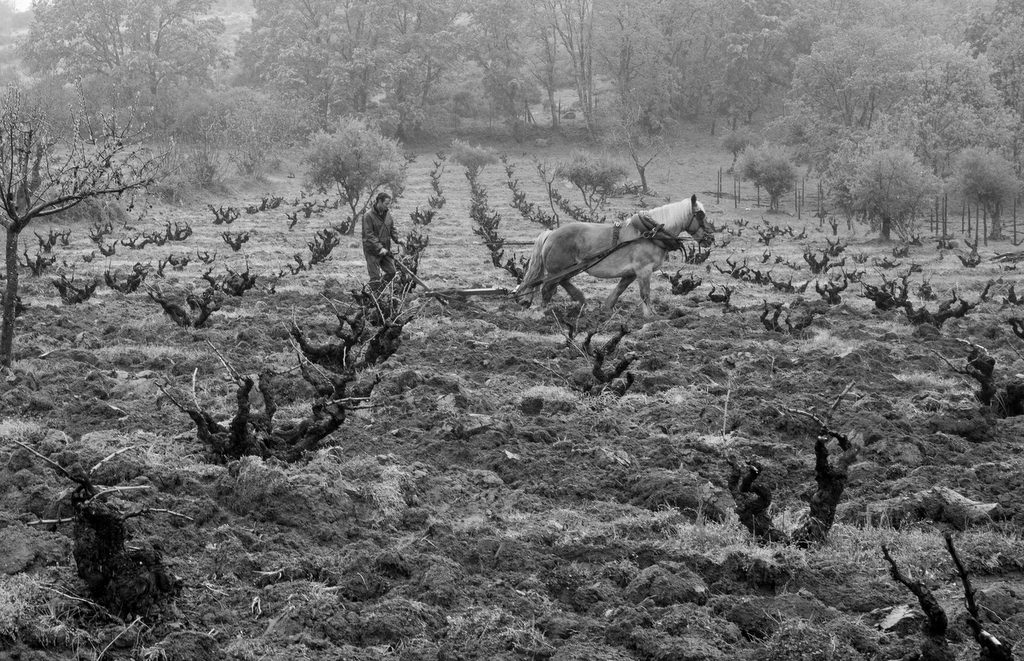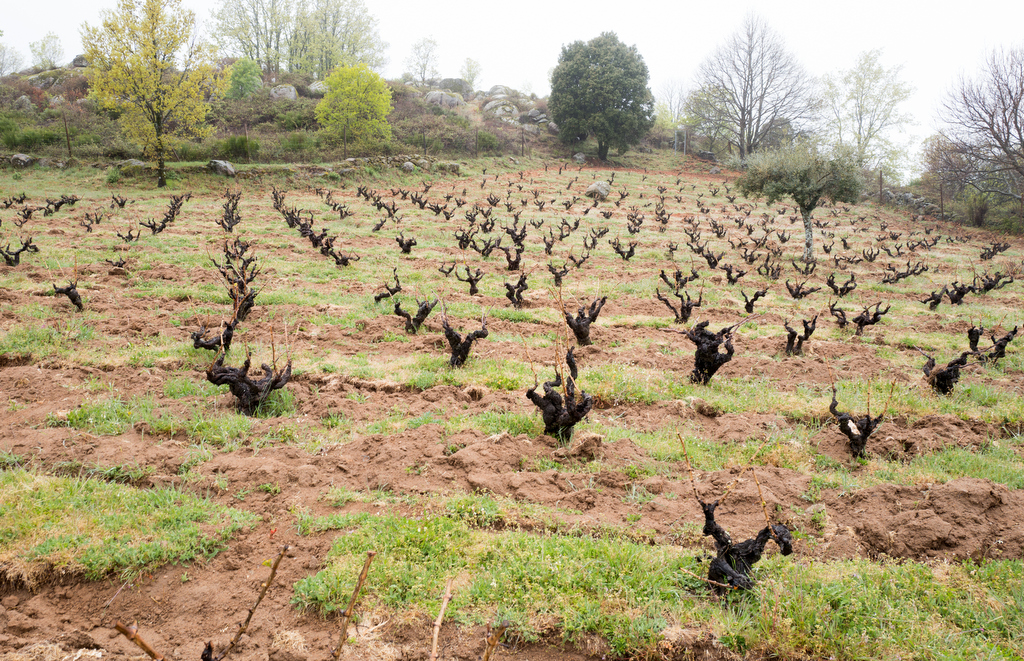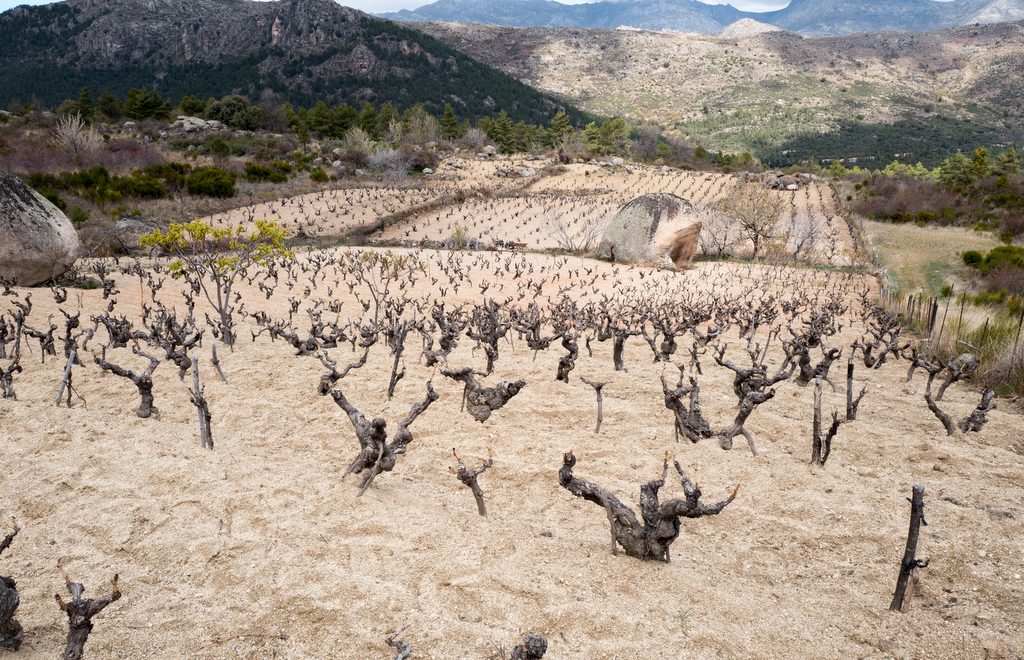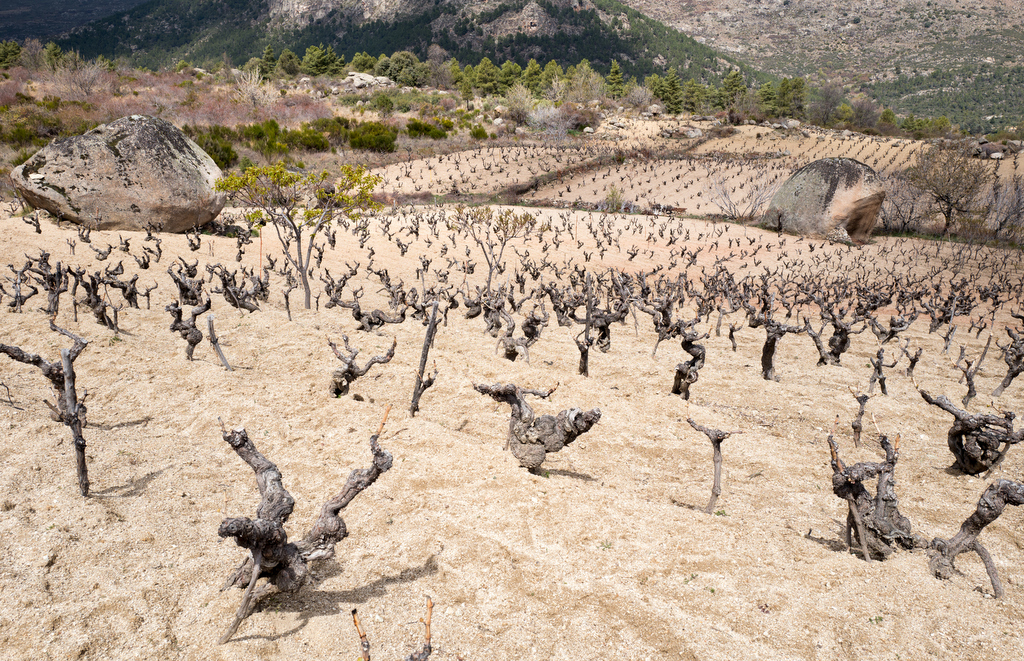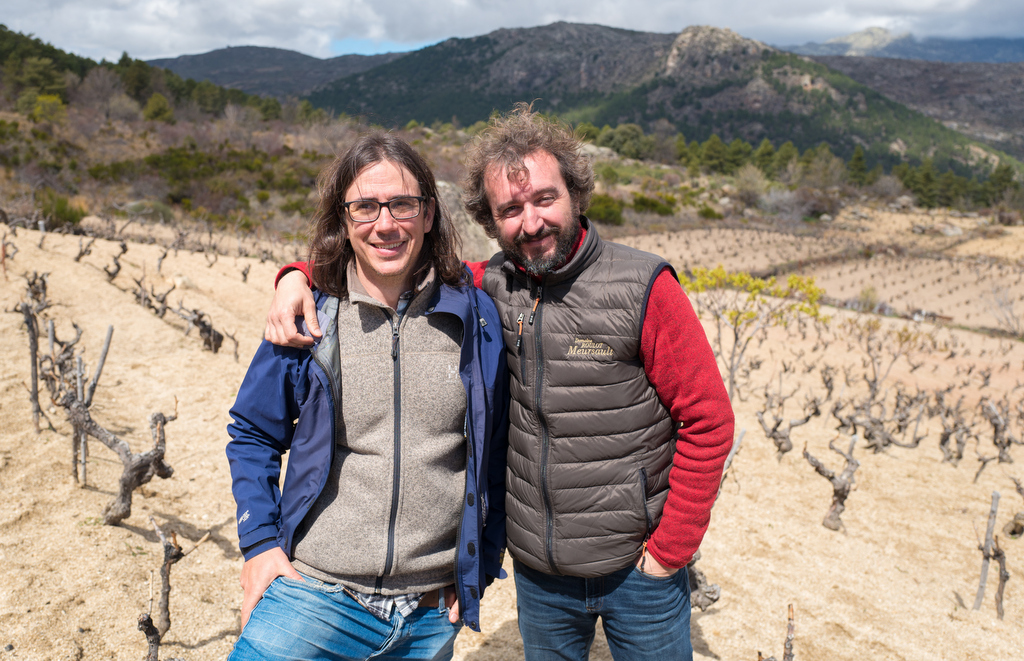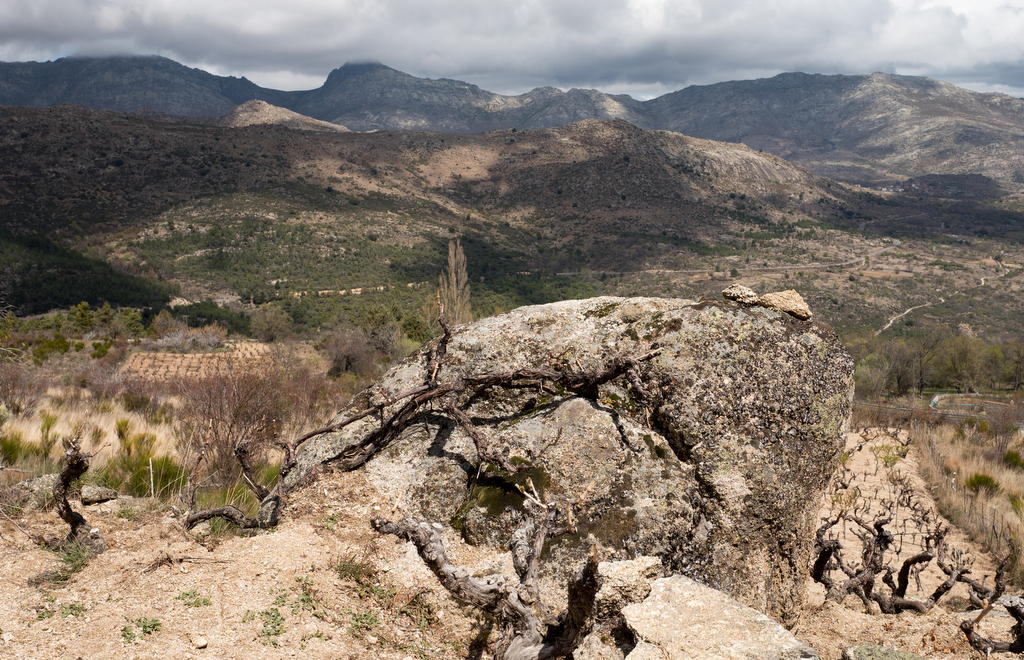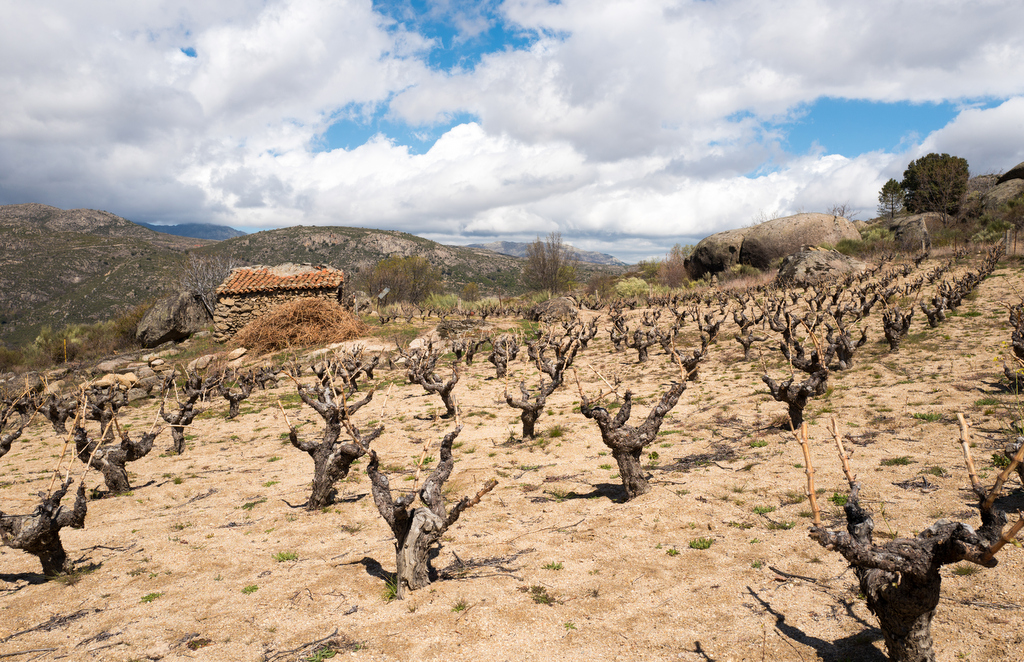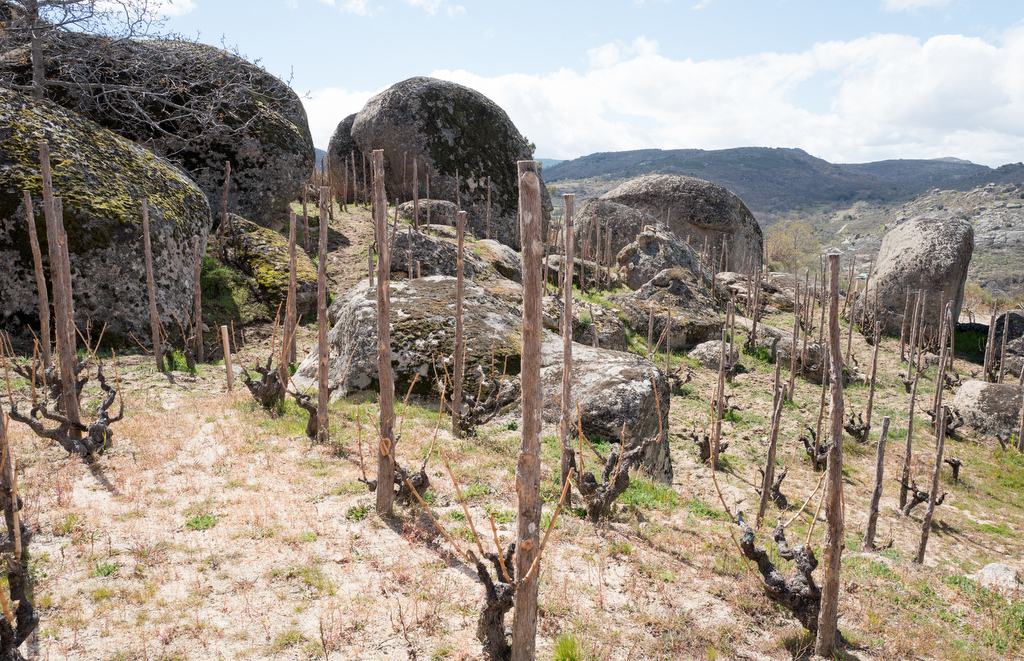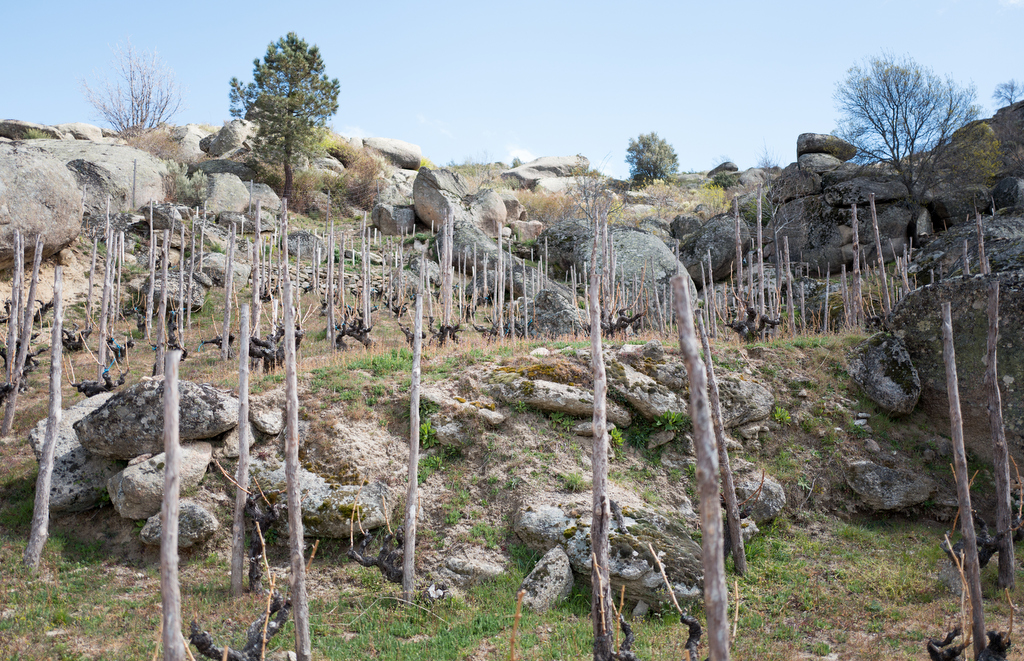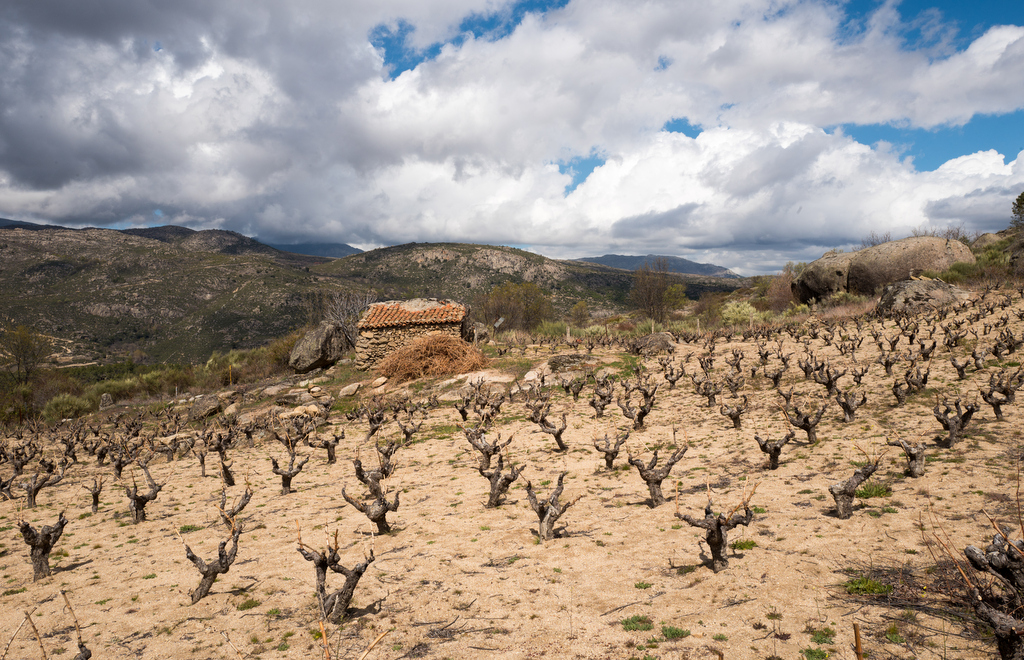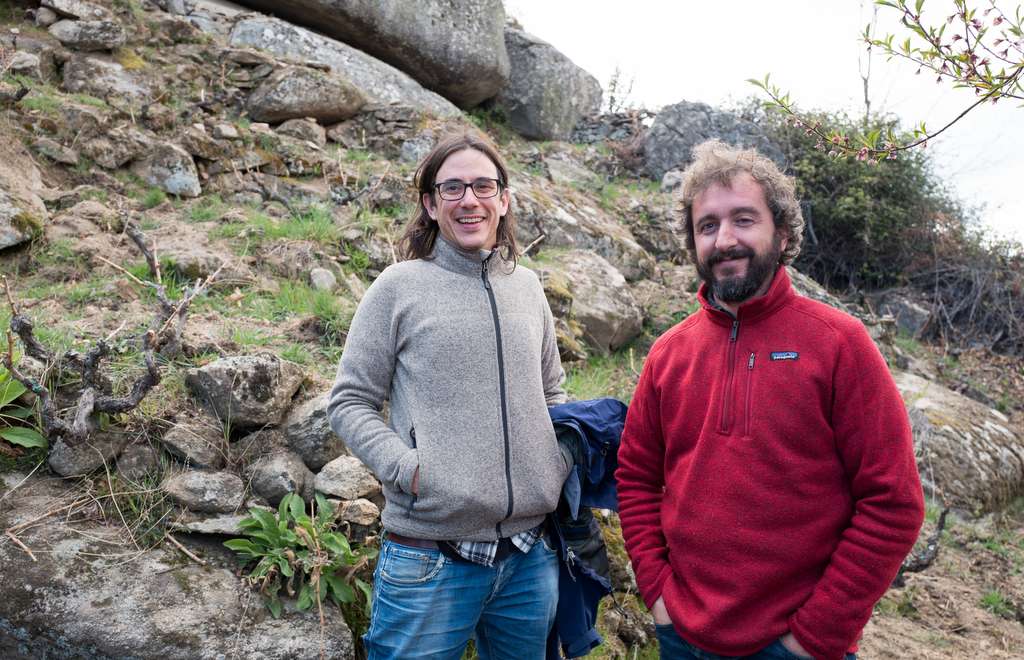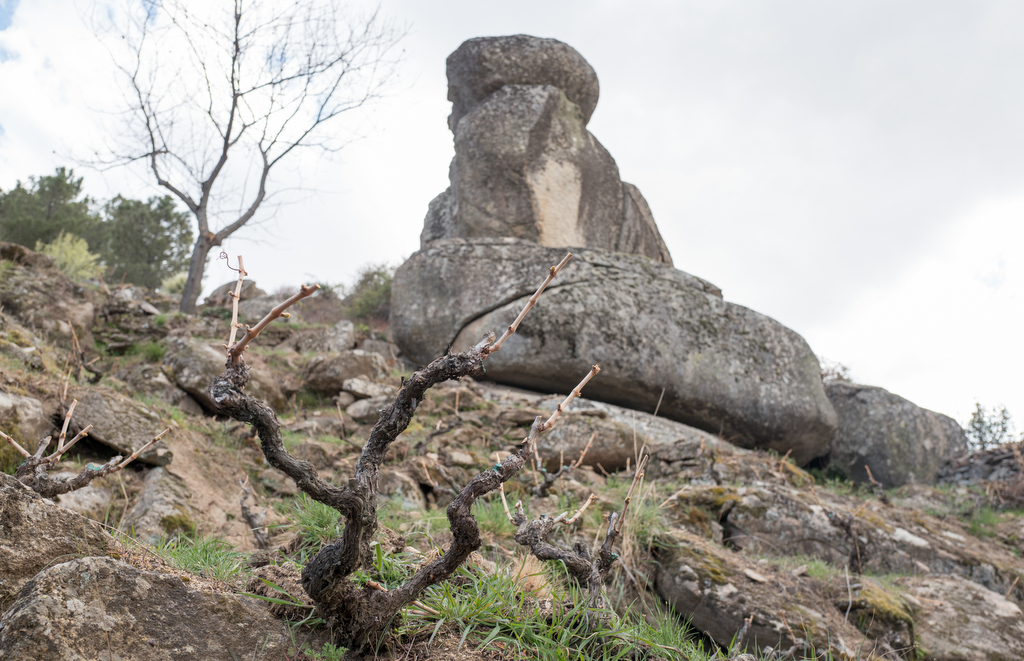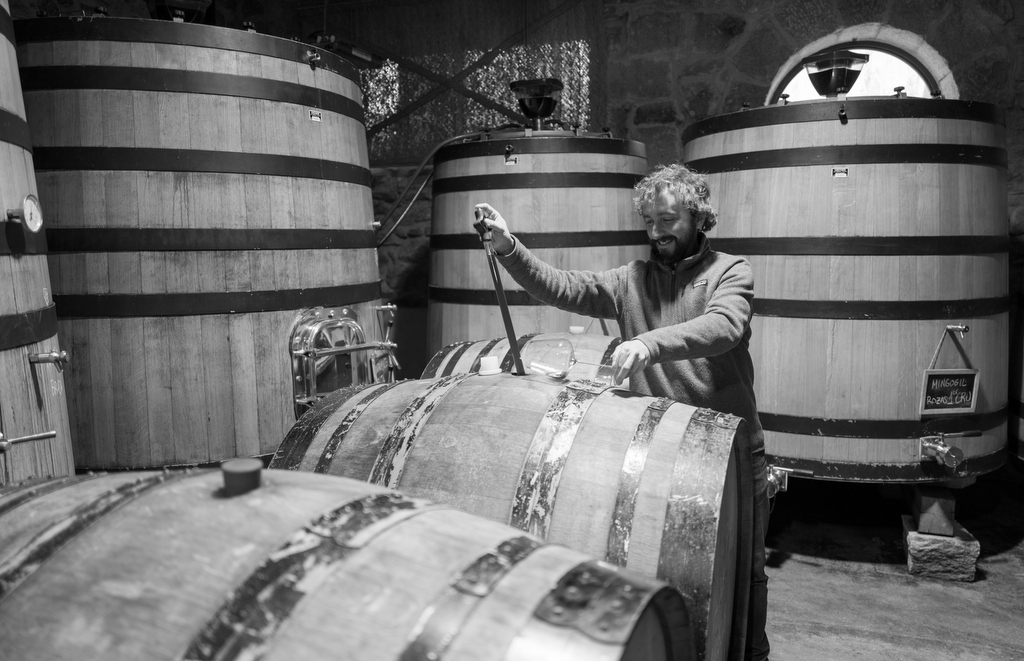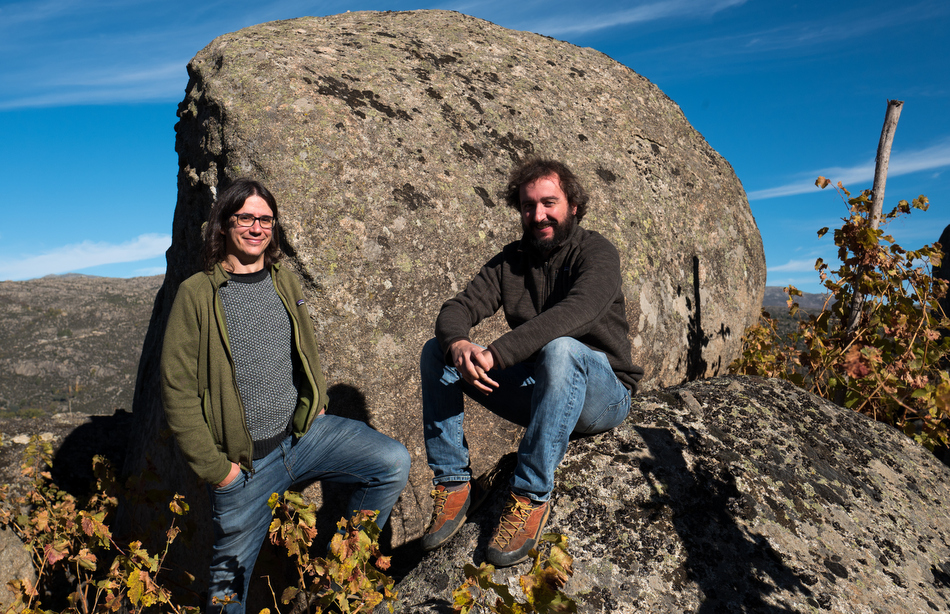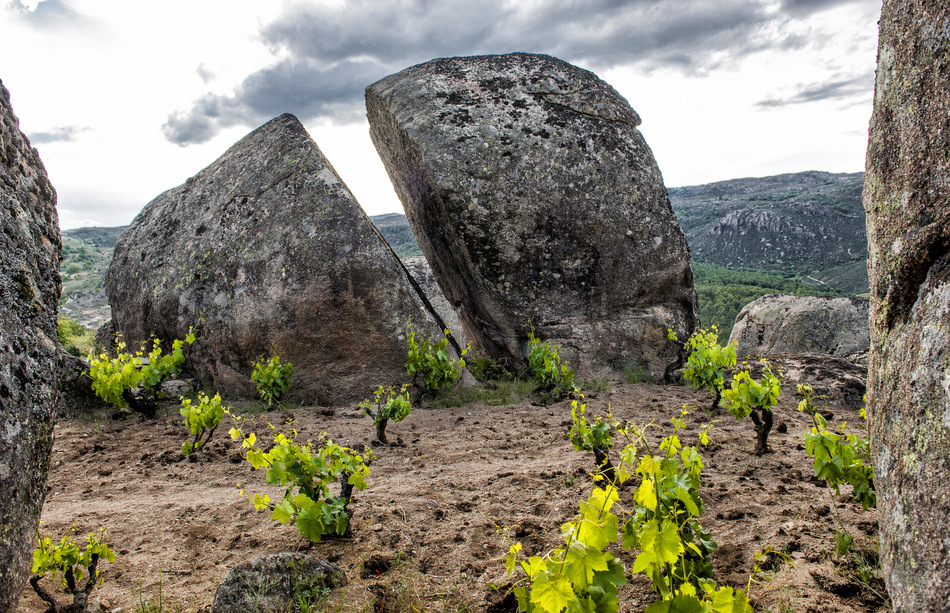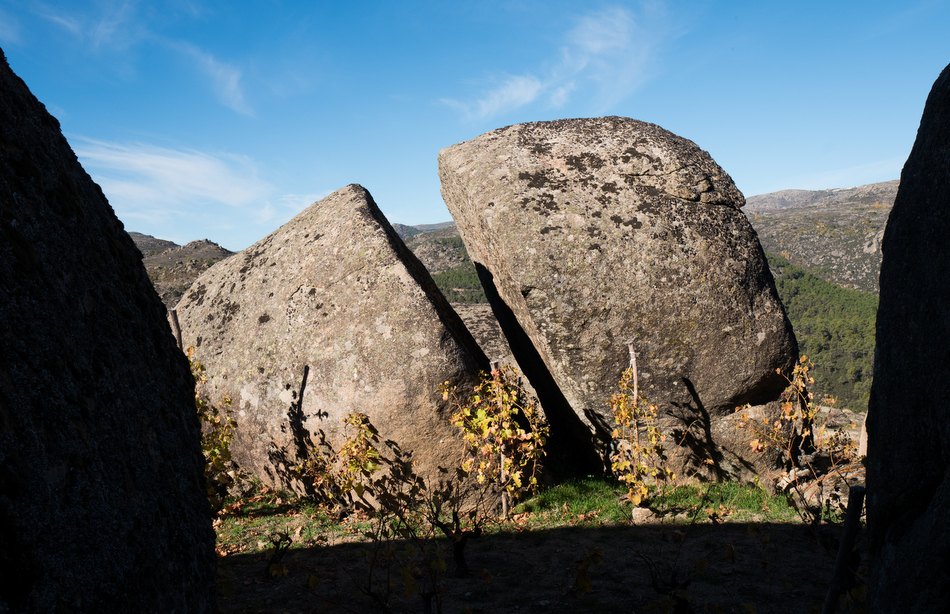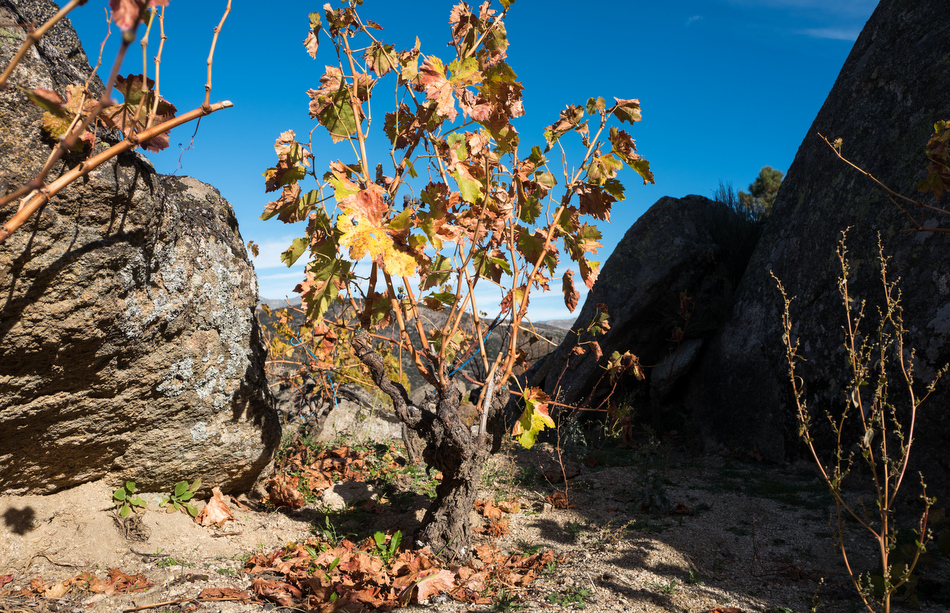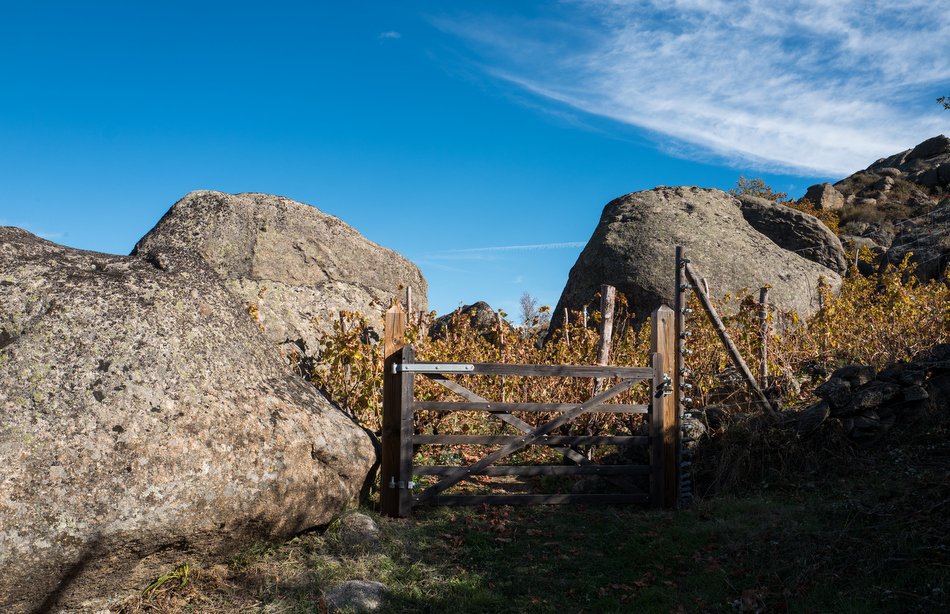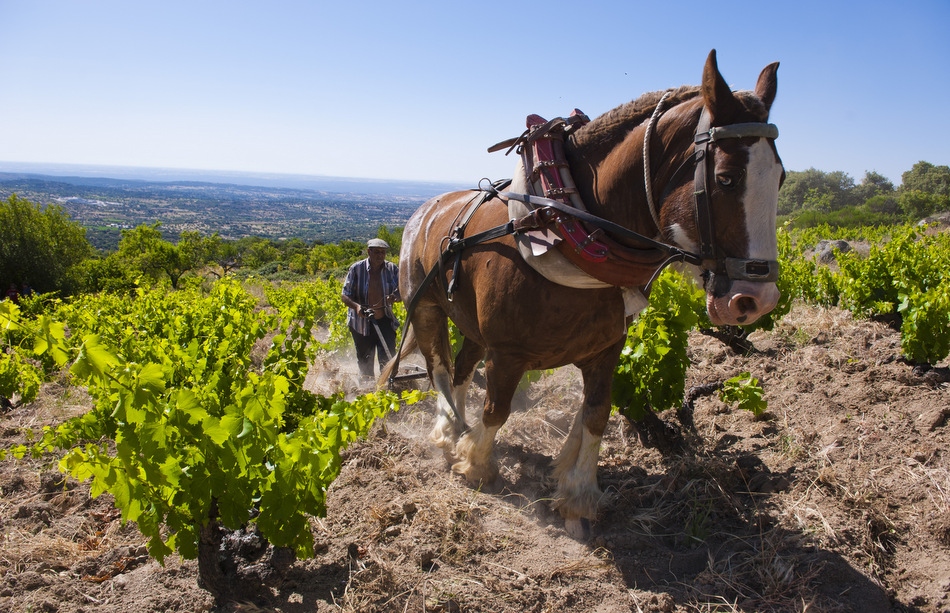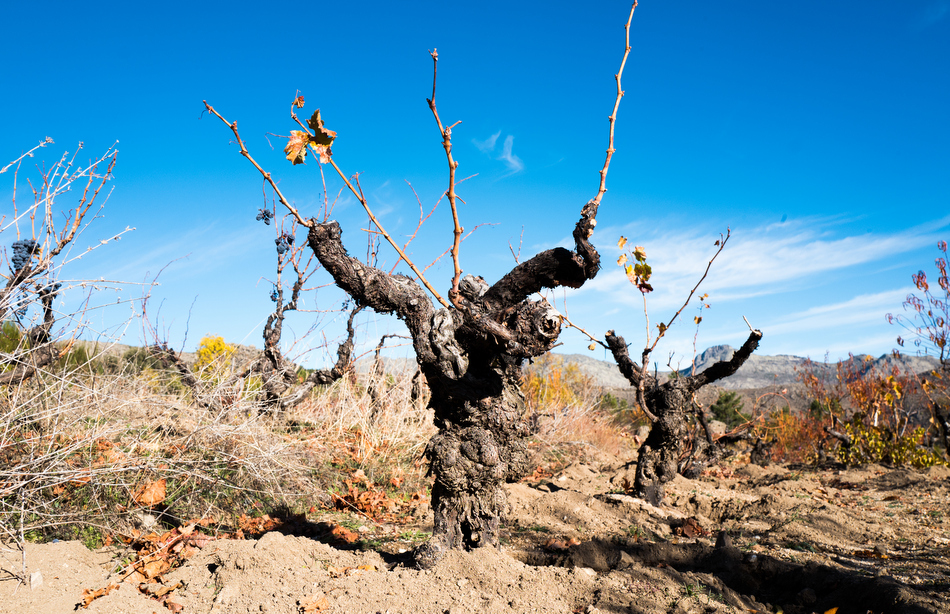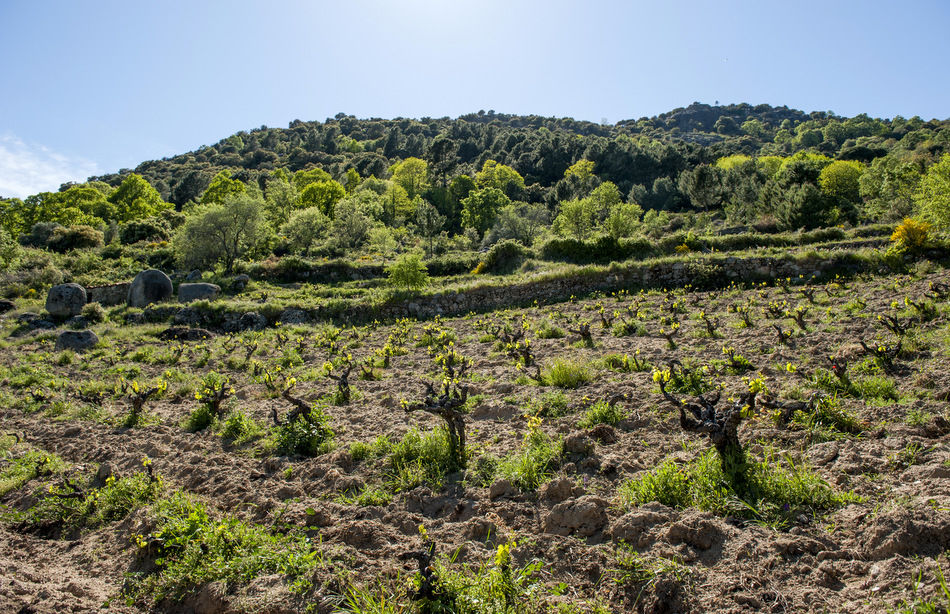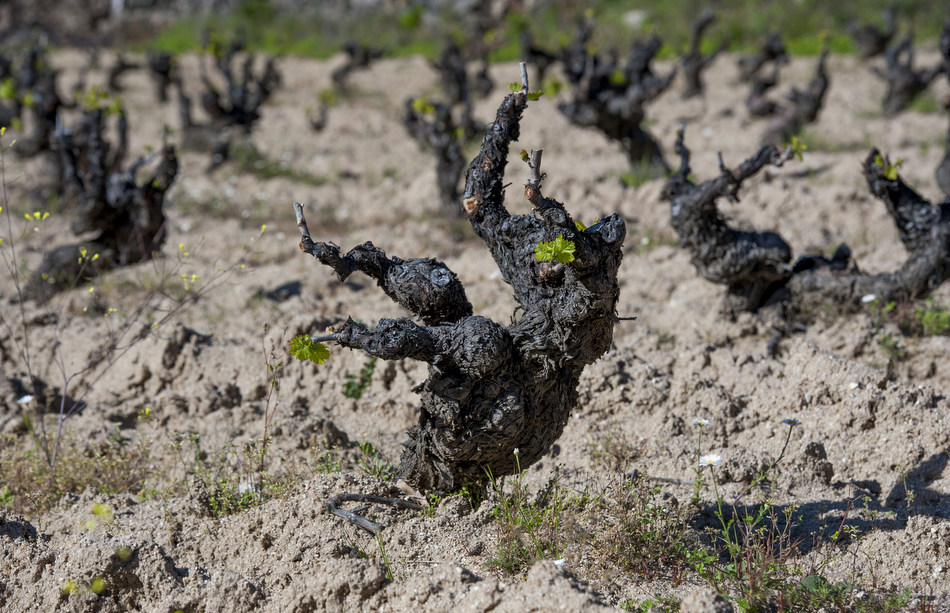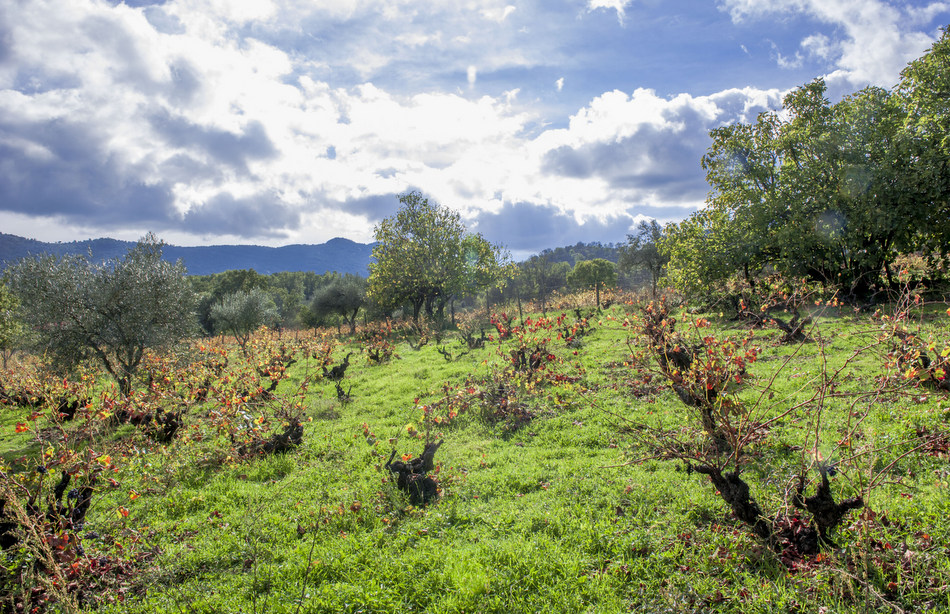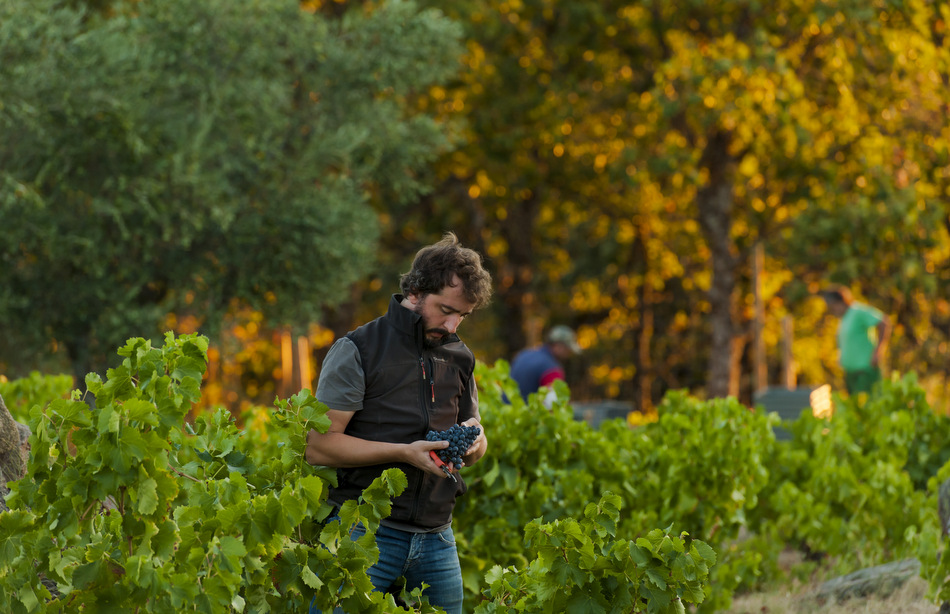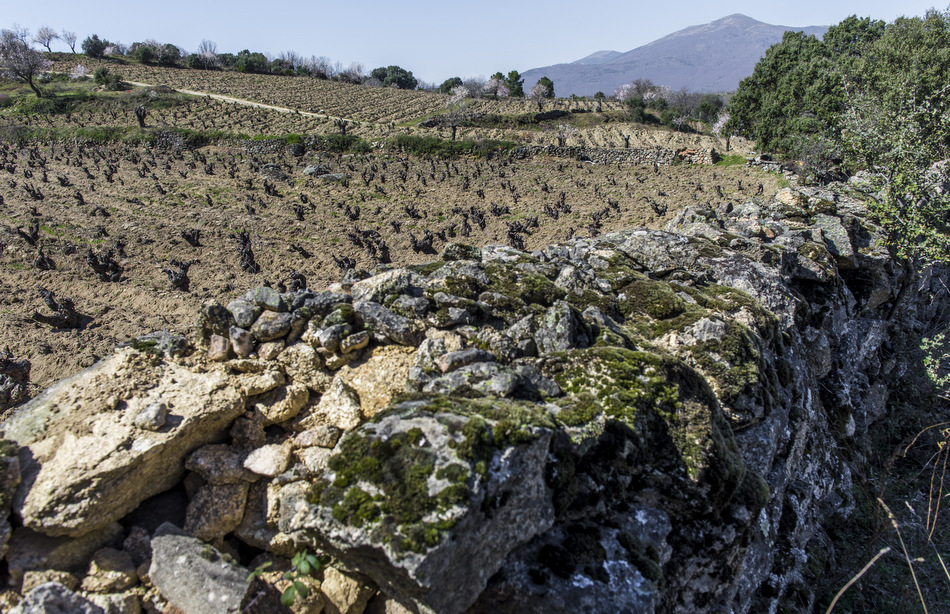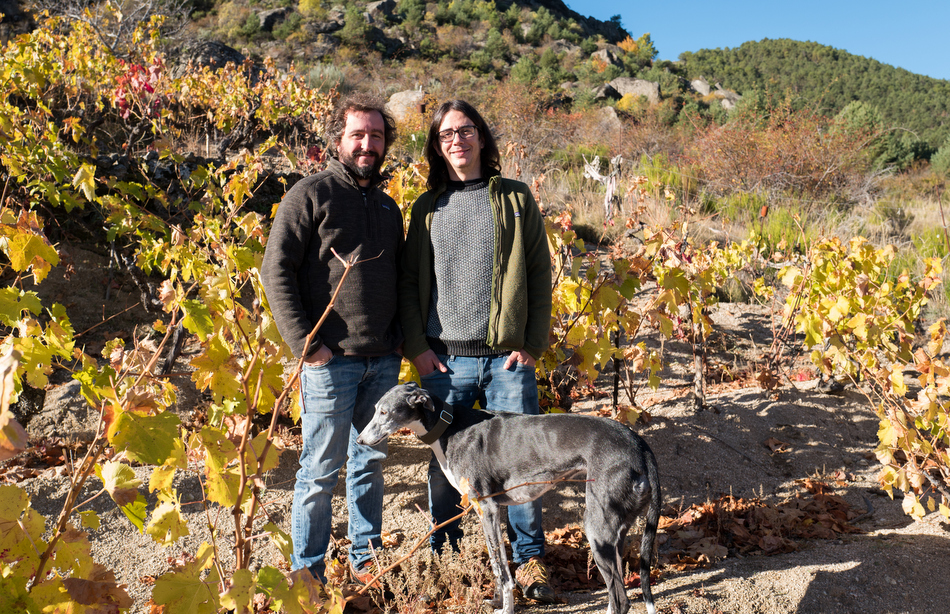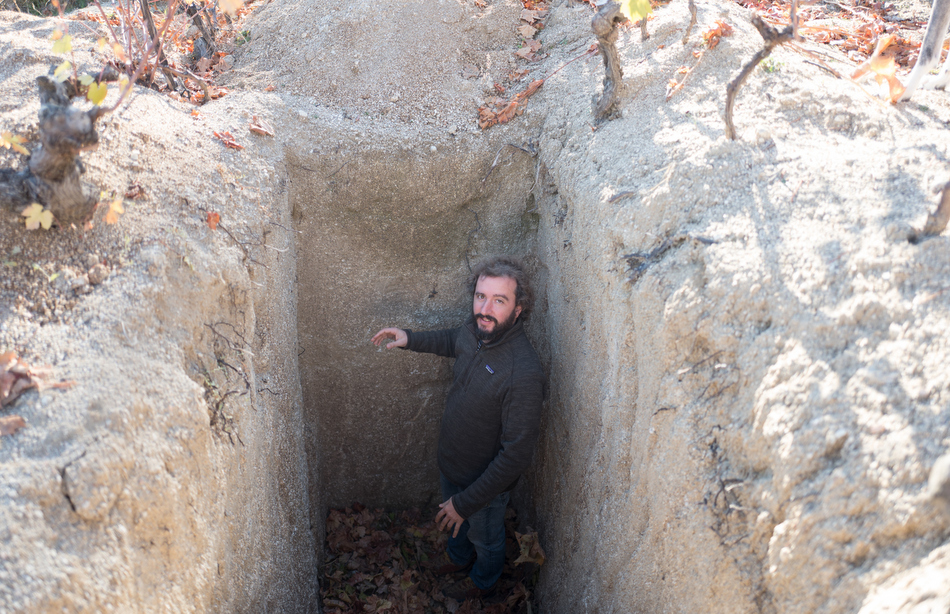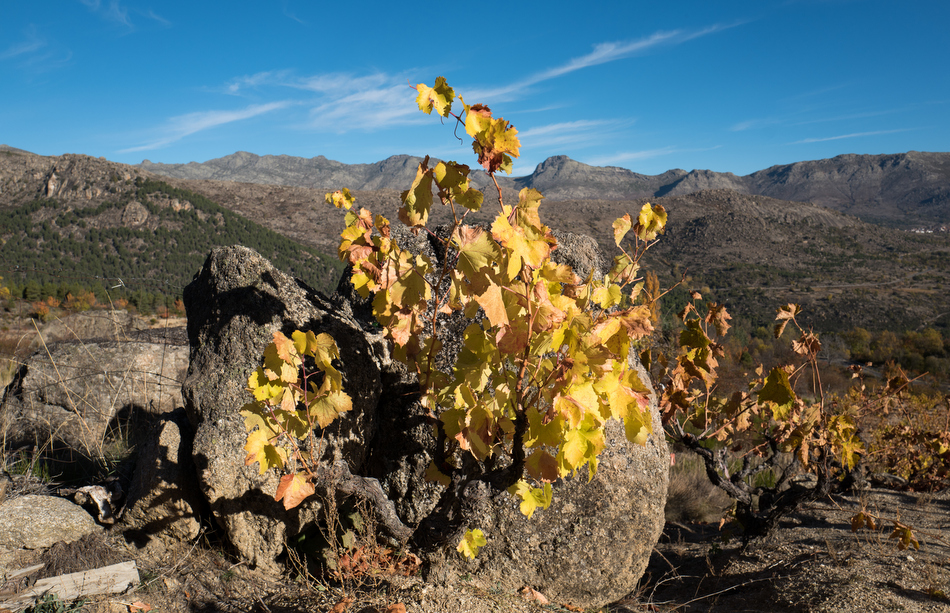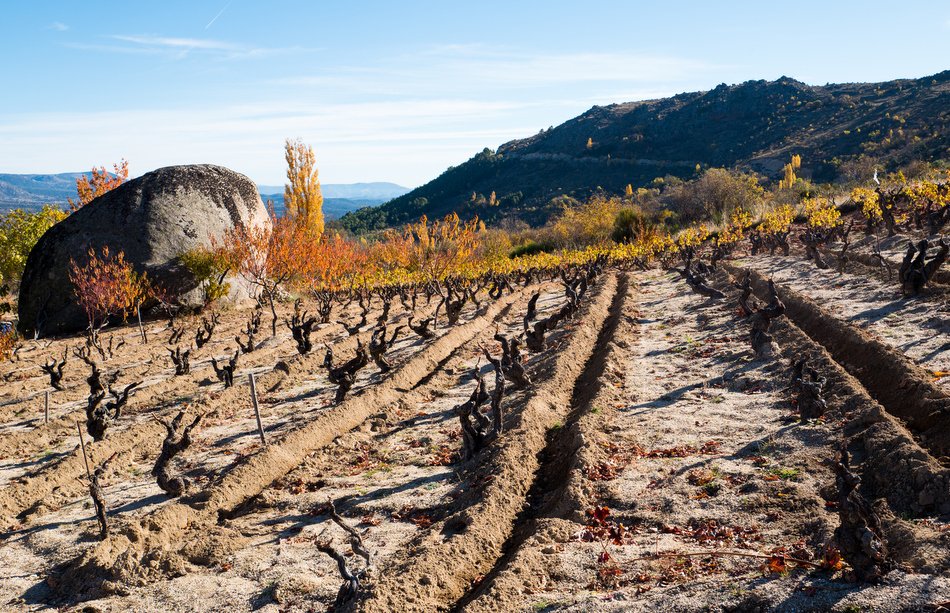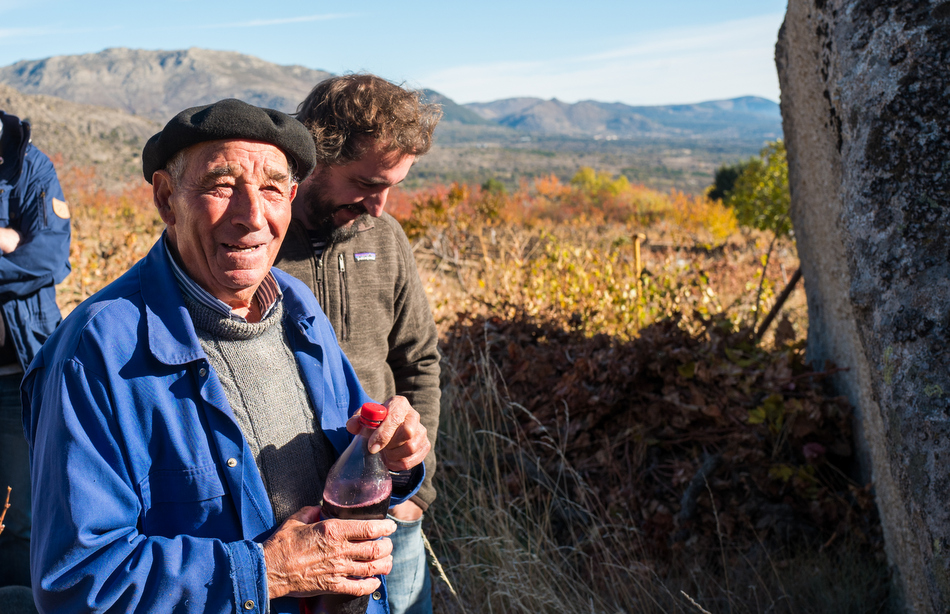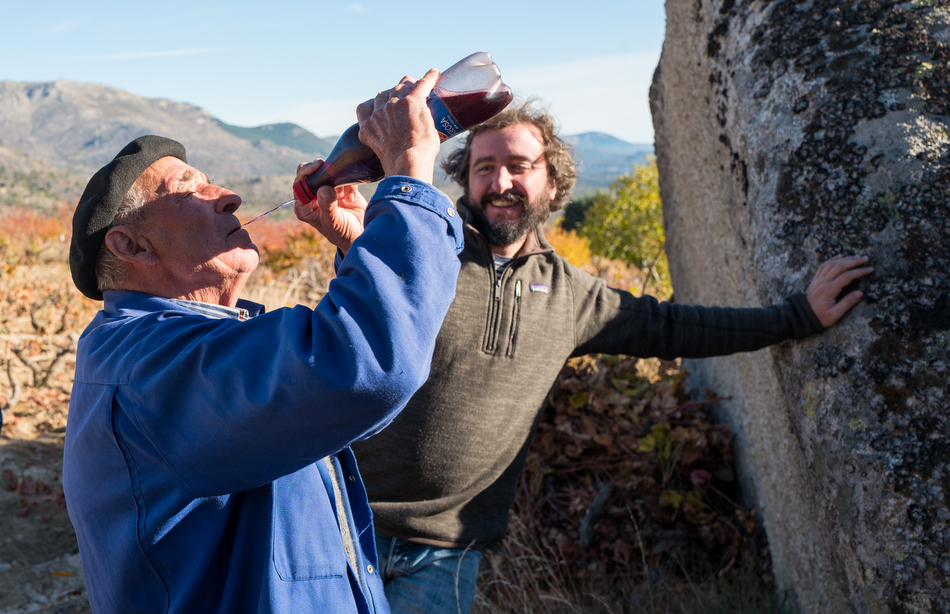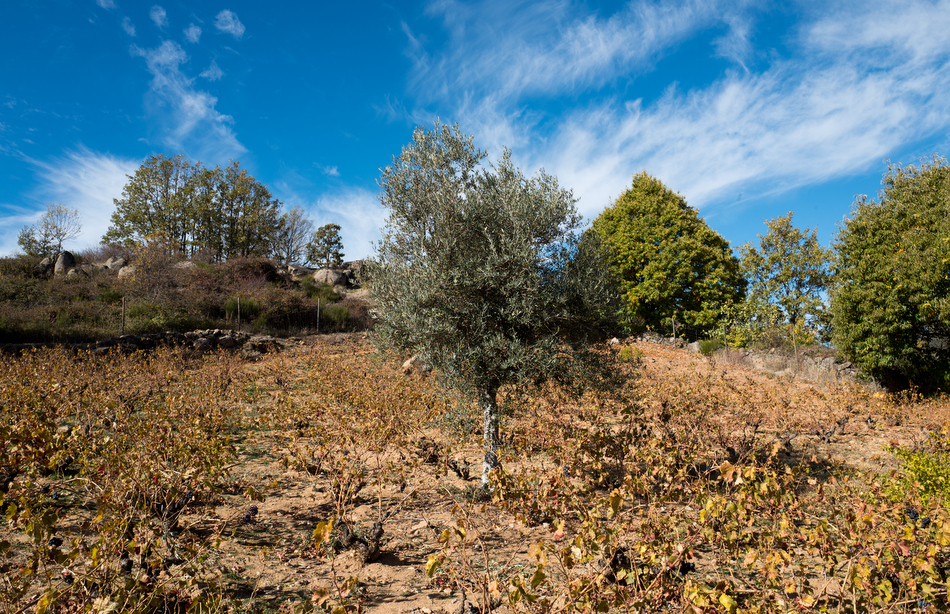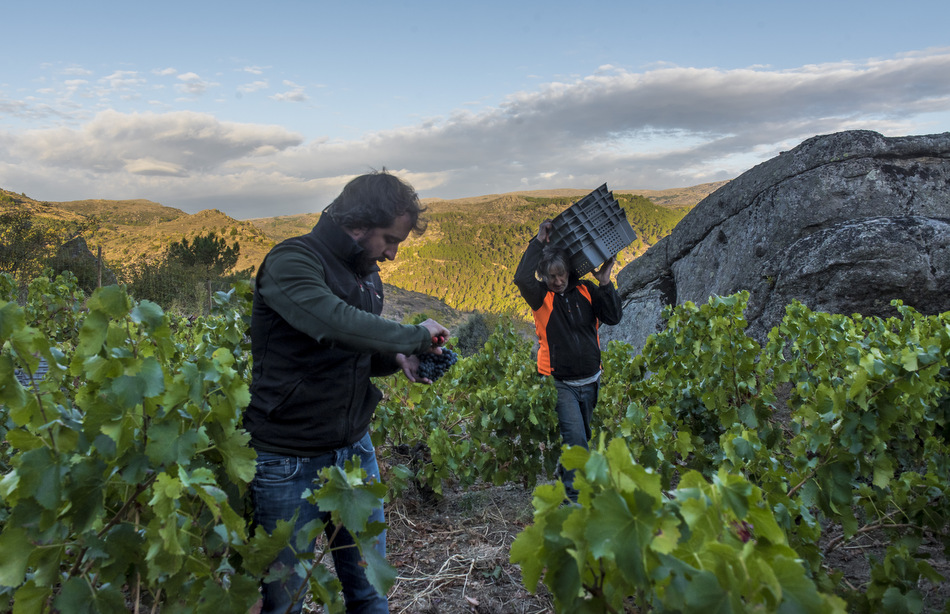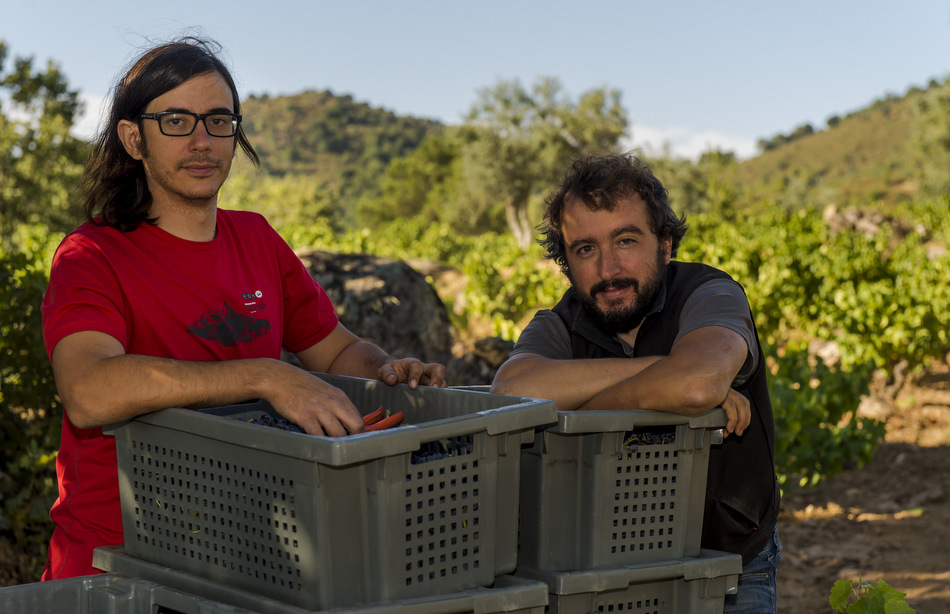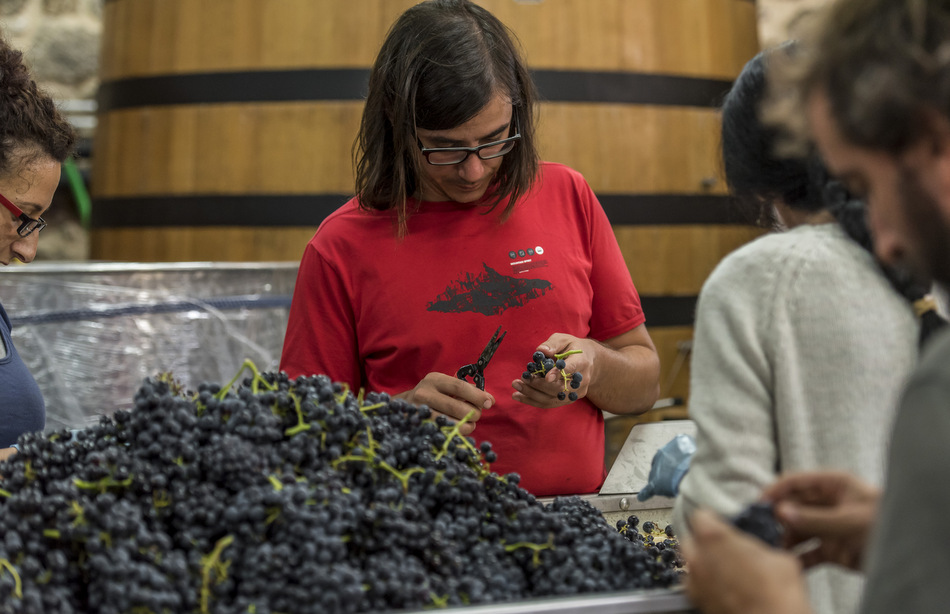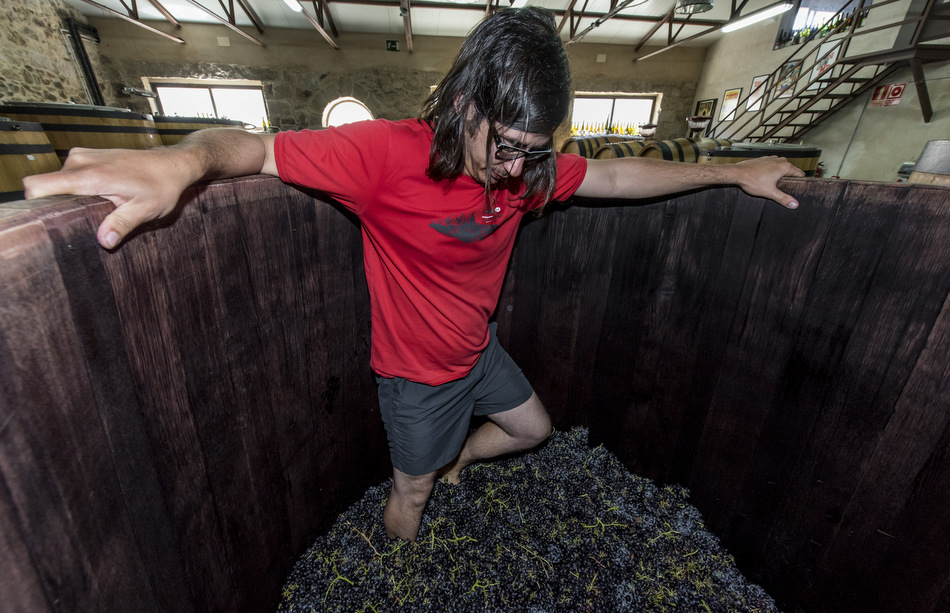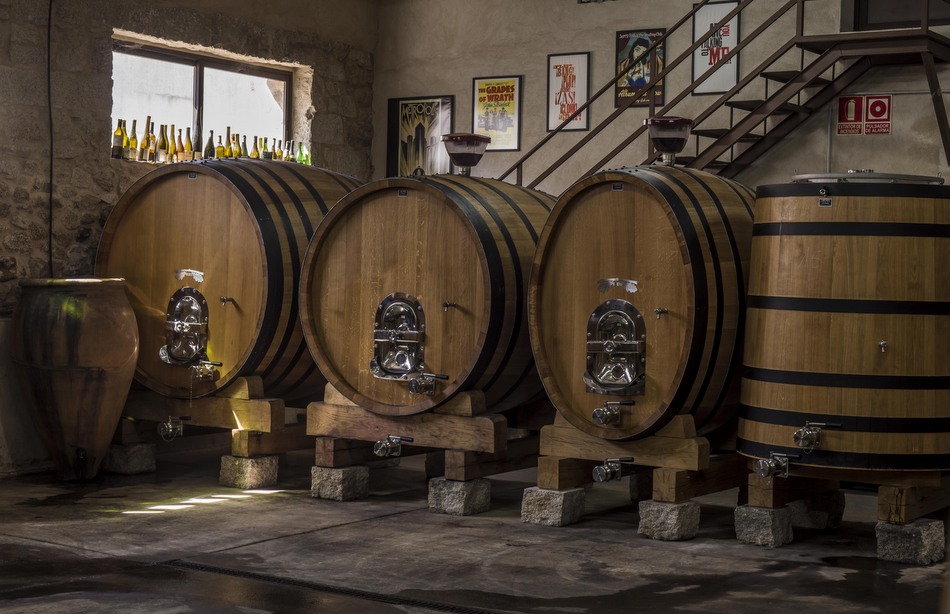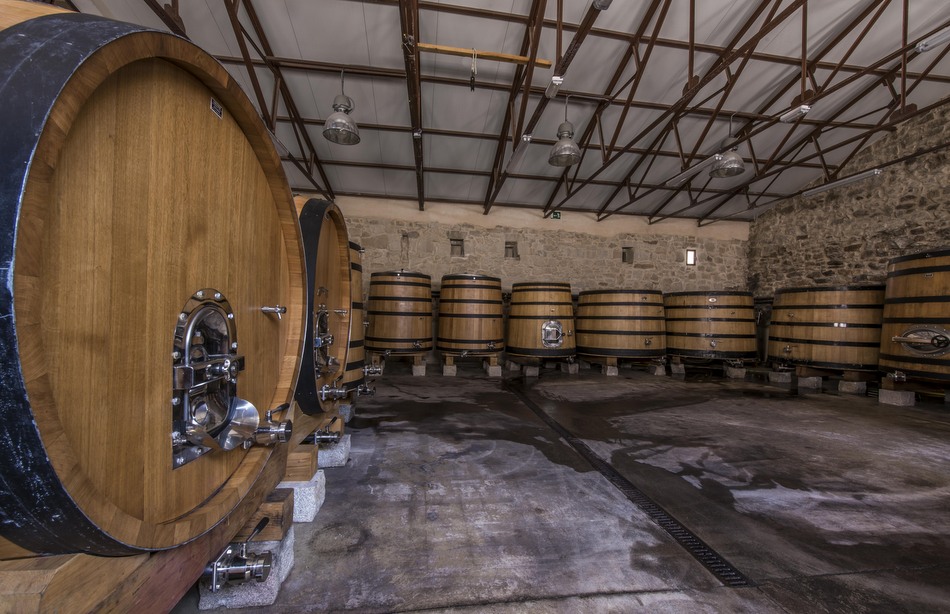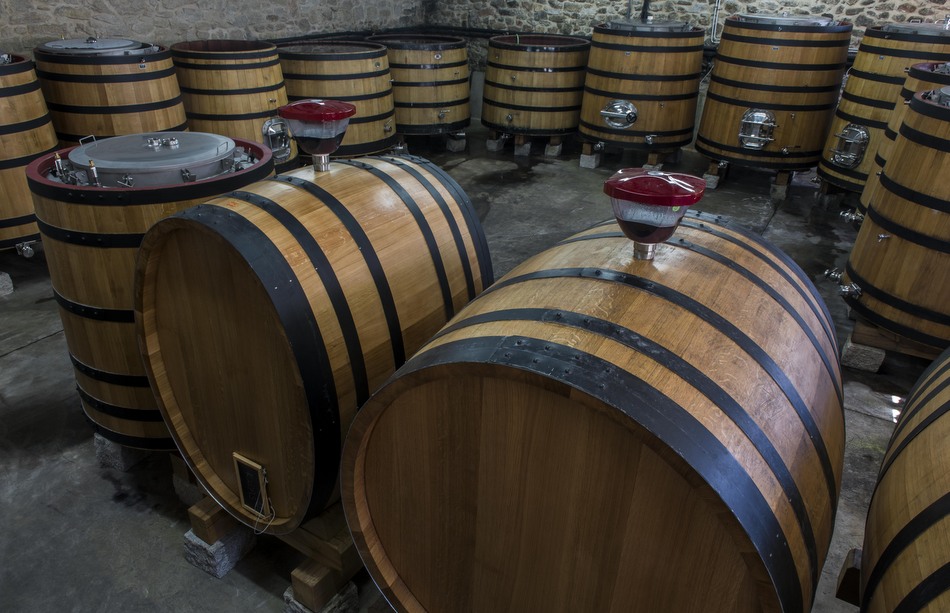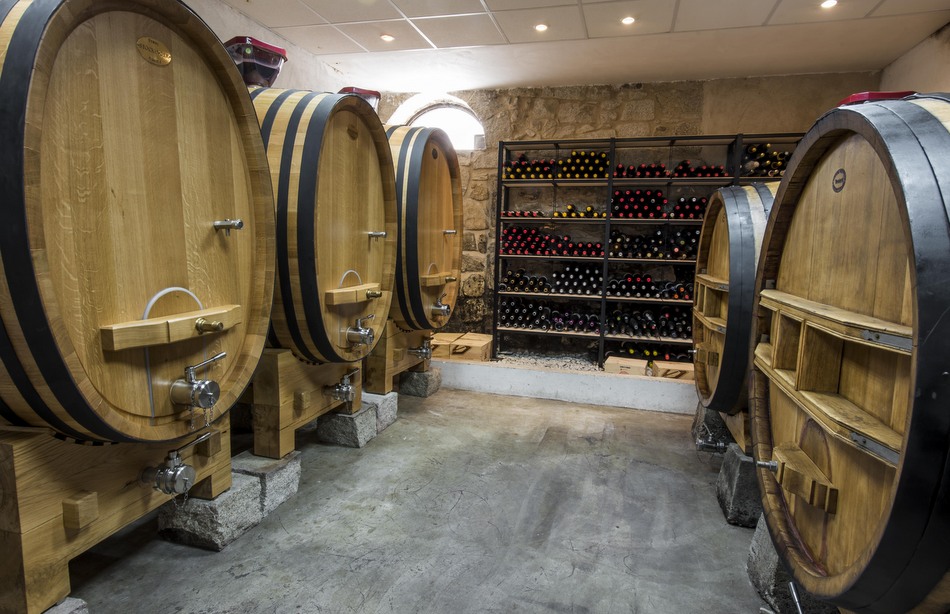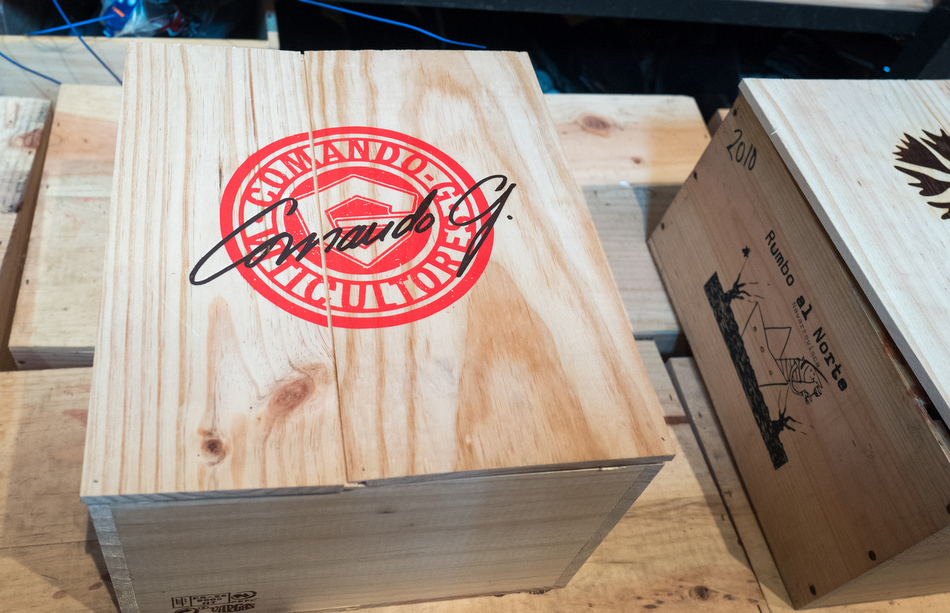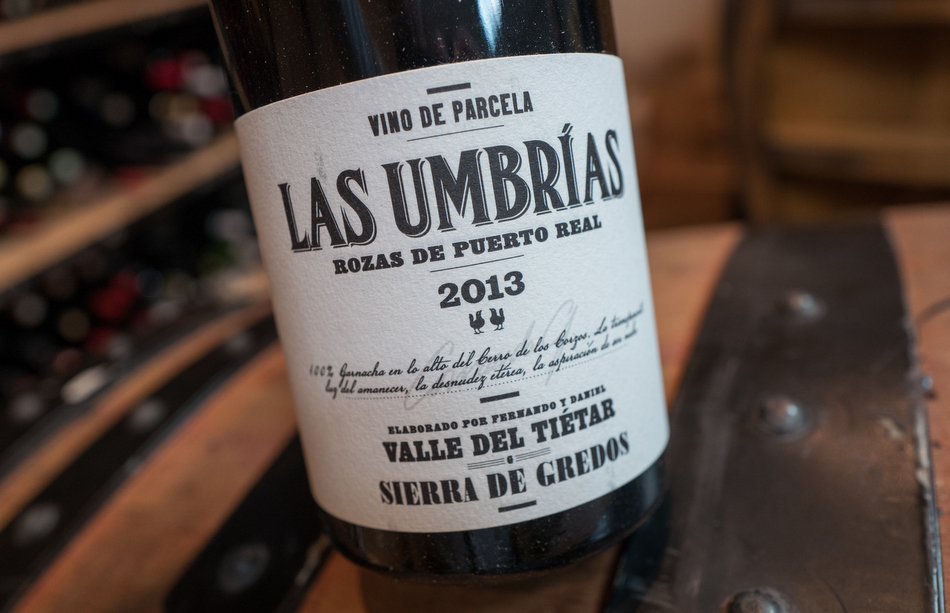Comando G
Spain
Comando G Viticultores was founded by Daniel Gómez Landi and Fernando Garcia. Daniel and Fernando met in 2005 when studying viticulture and enology at the University of Madrid. They were both involved in different wine projects by then, but as a result of their friendship, philosophy of work and common interest about wine they soon decided to start a project together. “Comando G was born in 2008 with the goal to make wines that reflect the place, the landscape and the identity of our vineyards”. In other words – “Terroir”. They decided to make and classify their wines according to the Burgundy system of Village, 1er Cru and Grand Cru wines. And the sole reason to defy this status is the vineyard.
The vehicles used to achieving this goal were the extremely old Garnacha (Granache) vineyards common to the high altitude of the Gredos mountains of central Spain. And the “role model” they choose – Chateau Rayas, arguably the best producer of 100% Granache based wines in the world.
Their vineyards of this 15 ha domaine are situated in the most extreme villages of the Sierra de Gredos mountain area. This mountain area is divided to three valleys. The majority of the plots are located around Rozas de Puerto Real village where they make a village wine, La Bruja de Rozas, and a wine from a selection of parcels with a special character, Rozas 1er Cru, and a single vineyard “Grand Cru” wine, Las Umbrías. This is the valley of the river Tiétar. In the valley of Alto Alberche they work some very old plots in the village of Navarrevisca, Villanueva del Ávila and Navatalgordo. From these plots they make the single vineyard “Grand Cru” wines Rumbo al Norte, Tumba del Rey Moro and El Tamboril.
The vineyards and plots are planted on mountain hillsides at altitude of 900-1200 meters above sea level, sometimes in extreme places very difficult to access, and are plowed by horse and many times just by hand. Vines ages are between 60-90 years and in some cases ungrafted. Farming is organic and we are following biodynamic techniques for the viticulture.
The work in the cellar is traditional and handcrafted with minimal intervention. 100% whole clusters are used, followed by slow maceration, fermentation in open oak vats and elevage in various size used oak barrels, demi-muids and foudres.
These are sensational, fresh, elegant and pure wines that are meant to reflect the unique terroir they originate from.
